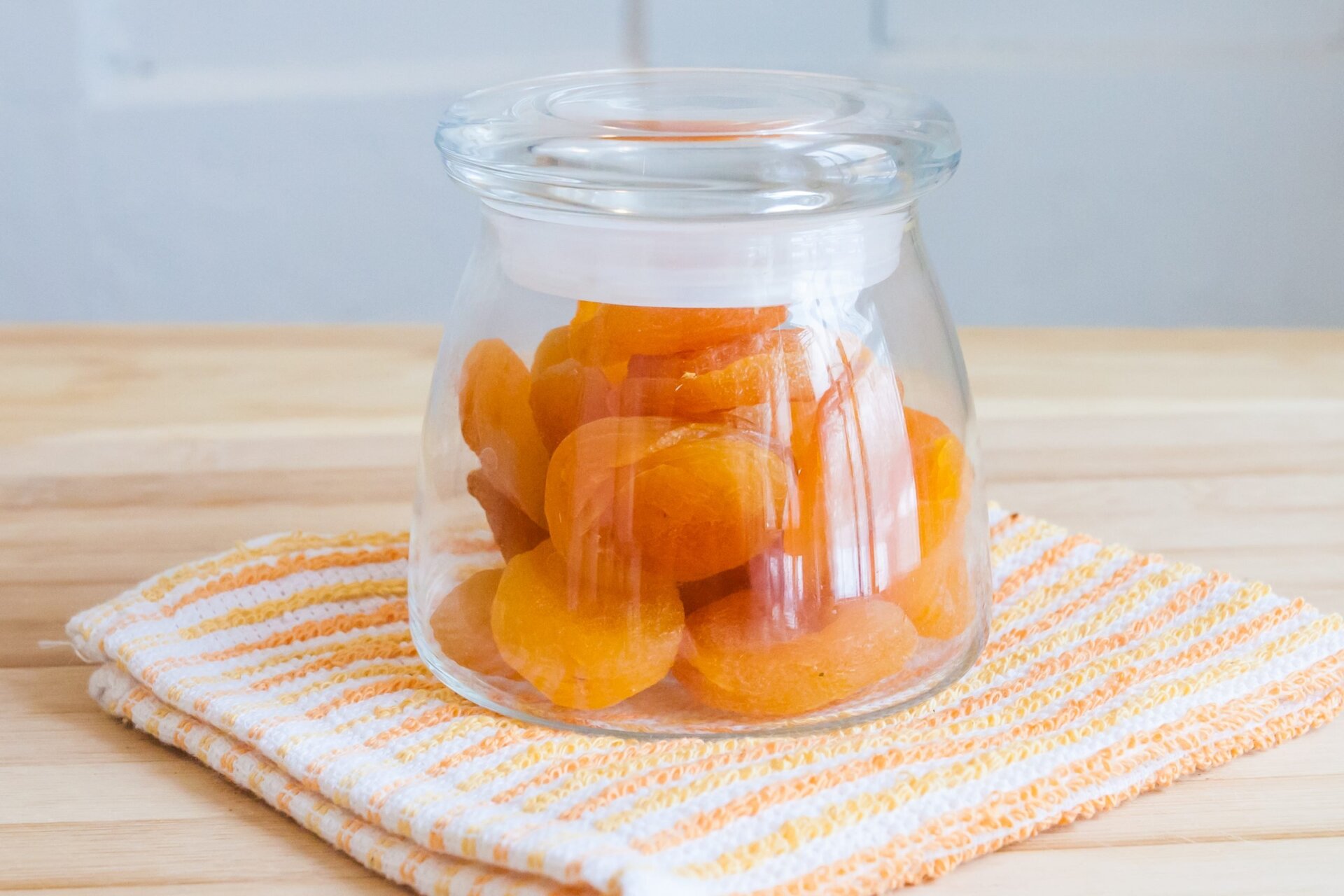

Articles
How To Store Apricots
Modified: January 8, 2024
Learn how to properly store apricots for maximum freshness and flavor in this informative articles. Find tips and tricks to keep your apricots juicy and delicious.
(Many of the links in this article redirect to a specific reviewed product. Your purchase of these products through affiliate links helps to generate commission for Storables.com, at no extra cost. Learn more)
Introduction
Apricots are delicious and nutritious fruits that are enjoyed by many people around the world. Whether you have a bountiful harvest from your own apricot tree or have purchased a batch of fresh apricots from the market, it is important to know how to store them properly to ensure their freshness and flavor.
In this article, we will explore different methods of storing apricots, including freezing, canning, and drying. We will also provide tips on how to select and clean apricots, as well as general advice for proper apricot storage.
By following the guidelines presented here, you can prolong the lifespan of your apricots and enjoy their sweet and tangy taste long after the harvest season is over.
Key Takeaways:
- Proper apricot storage is crucial for preserving their flavor and texture. From selecting ripe fruits to using various storage methods, handling with care and regular inspection will ensure year-round enjoyment.
- Freezing, canning, and drying apricots offer versatile options for long-term storage. By following proper preparation and storage techniques, you can savor the delicious taste of apricots throughout the year.
Read more: How To Store Dried Apricots
Selection of Apricots
When it comes to storing apricots, selecting the right ones is crucial. Here are some tips to help you choose the best apricots for storage:
- Look for apricots that are firm and free from bruises or blemishes. Avoid fruits that feel mushy or have any signs of mold.
- Opt for apricots with vibrant orange or golden color. This indicates that they are ripe and ready to eat.
- Check the aroma of the apricots. They should have a sweet and fragrant scent, which indicates their freshness.
- Avoid apricots that are excessively soft or overly hard. They should have a slight give when gently squeezed.
It is also important to consider the ripeness of the apricots when selecting them for storage. If you are planning to use them immediately, choose fully ripe apricots that are soft to the touch and have a rich aroma. However, if you want to store them for a longer period of time, it is best to select slightly underripe apricots that are firmer.
Keep in mind that apricots ripen quickly, so it is essential to check them regularly to prevent overripening or spoilage.
Cleaning and Preparing Apricots
Before storing apricots, it is important to clean and prepare them properly. Follow these steps to ensure that your apricots are ready for storage:
- Start by rinsing the apricots under cool running water to remove any dirt or debris.
- Gently pat the apricots dry with a clean towel.
- If desired, you can also remove the skin of the apricots. This step is optional and based on personal preference. To remove the skin, place the apricots in boiling water for 20-30 seconds, then transfer them to an ice bath to cool. The skin should easily peel off after this process.
- Next, slice the apricots in half and remove the pit. You can either use a paring knife to carefully cut around the pit or gently twist the apricot halves in opposite directions to separate them.
- Once the apricots are sliced and pitted, they are ready for storage using the method of your choice.
It is important to note that apricots are delicate fruits, so handle them with care to avoid bruising or damaging the flesh. By following these simple steps, you can ensure that your apricots are clean, fresh, and ready for long-term storage.
Storing Fresh Apricots
If you want to enjoy the fresh taste of apricots, storing them properly is essential. Here are some methods for storing fresh apricots:
Room Temperature Storage:
Apricots can be stored at room temperature if you plan to consume them within a few days. Choose a cool, dark place away from direct sunlight. Place the apricots in a single layer on a tray or in a shallow basket, making sure they are not touching each other. This allows for proper air circulation and helps prevent moisture buildup. Check the apricots regularly and remove any that show signs of spoilage to prevent them from affecting the others.
Read more: How To Store Fresh Apricots
Refrigerator Storage:
If you want to extend the shelf life of your apricots, refrigeration is the way to go. Place the ripe or slightly underripe apricots in a breathable container, such as a mesh bag or a loosely sealed plastic bag. Avoid sealing them in an airtight container, as apricots need some air circulation. Store them in the crisper drawer of your refrigerator, which maintains a humid environment. This will help to preserve the moisture and freshness of the fruit. It is advisable to consume the apricots within a week for optimal taste and texture.
Ripening in a Paper Bag:
If you have purchased slightly underripe apricots and want to accelerate the ripening process, you can place them in a paper bag. Add a ripe banana or apple to the bag to speed up the process further. The ethylene gas released by the fruit will help the apricots ripen faster. Keep the bag at room temperature and check the apricots daily. Once they reach the desired ripeness, transfer them to the refrigerator to slow down the ripening process.
Remember, fresh apricots have a relatively short shelf life compared to other fruits. It is best to consume them as soon as possible to enjoy their optimal flavor and texture. If you have a surplus of apricots that you cannot consume in time, consider exploring other storage methods, such as freezing, canning, or drying.
Freezing Apricots
Freezing apricots is a great way to preserve their flavor and texture for an extended period of time. Here’s how you can freeze apricots:
- Start by washing the apricots under cool running water and pat them dry.
- Remove the pits and cut the apricots into halves or slices, depending on your preference.
- Place the apricot pieces in a single layer on a baking sheet lined with parchment paper or a silicone mat.
- Put the baking sheet in the freezer and let the apricots freeze for a few hours, or until they are firm.
- Once the apricots are frozen, transfer them to an airtight container or freezer bag. Make sure to label the container with the date.
- Return the container to the freezer and store the apricots for up to 12 months.
When you’re ready to use the frozen apricots, simply take out the desired amount and thaw them in the refrigerator overnight or at room temperature for a few hours. Thawed apricots may be slightly softer than fresh ones but retain their flavor for use in baking, smoothies, jams, or other recipes.
Note that frozen apricots are best used in recipes that require heating or cooking, as their texture may change after freezing. If you’re looking to enjoy the fresh taste and texture of apricots, it is recommended to choose the fresh storage methods mentioned earlier.
Freezing apricots allows you to enjoy their delicious flavor and nutritional benefits long after the harvest season. It’s a convenient way to have apricots readily available year-round for various culinary pursuits.
Canning Apricots
Canning apricots is a popular method for preserving their freshness, flavor, and nutritional value. Follow these steps to can apricots:
- Start by selecting ripe but firm apricots. Rinse them under cool running water and gently pat them dry.
- Prepare a large pot of boiling water and a bowl of ice water. This will be used to blanch the apricots.
- Make a small shallow cut on the bottom of each apricot. This will help to loosen the skin during blanching.
- Place the apricots in the boiling water for about 30 seconds, then transfer them immediately to the ice water bath to cool and stop the cooking process.
- Once the apricots are cool enough to handle, gently peel off the skins. The blanching process should make the skins easily removable.
- Cut the apricots in half and remove the pits. You can choose to keep the halves intact or further slice them into smaller pieces.
- Prepare a boiling water canner and sterilize your jars and lids according to the manufacturer’s instructions.
- Pack the prepared apricots tightly into the sterilized jars, leaving about a half-inch of headspace at the top.
- Pour hot syrup (made by boiling water and sugar) over the apricots, leaving the same half-inch headspace.
- Remove any air bubbles by gently stirring the contents with a non-metallic utensil or bubble remover tool.
- Wipe the rims of the jars clean and place the lids on top, screwing them on until fingertip-tight.
- Process the jars in the boiling water canner for the recommended time based on your altitude and jar size.
- After processing, carefully remove the jars from the canner and let them cool on a towel-lined surface.
- Check that the jars have properly sealed by pressing down on the center of each lid. If the lid does not flex, it is sealed. Any unsealed jars should be refrigerated and used within a few days.
- Store the properly sealed jars in a cool, dark place and use within one year for best quality.
Home-canned apricots can be enjoyed straight from the jar, used in baking, or added to various dishes for a burst of flavor. Canning allows you to savor the taste of ripe apricots long after the harvest season has ended.
Read more: How To Plant An Apricot Seed
Drying Apricots
Drying apricots is an excellent way to preserve their sweetness and enjoy a healthy snack throughout the year. Follow these steps to dry apricots:
- Start by selecting ripe apricots that are firm and free from any signs of spoilage.
- Wash the apricots under cool running water and pat them dry.
- Cut the apricots in half and remove the pits. You can choose to keep the halves intact or further slice them into smaller pieces.
- For better preservation and to prevent browning, treat the apricot halves with an anti-browning agent, such as lemon juice or a citric acid solution.
- Place the prepared apricots on drying racks or baking sheets lined with parchment paper.
- Set the racks or sheets in a well-ventilated area with good air circulation. You can also use a food dehydrator if you have one.
- Allow the apricots to dry for several days, turning them occasionally to ensure even drying. The drying time will depend on the temperature, humidity, and size of the apricot pieces.
- The apricots are ready when they are dry, pliable, and slightly leathery to the touch. There should be no moisture remaining.
- Once dried, let the apricots cool completely before transferring them to airtight containers or resealable bags for storage.
- Store the dried apricots in a cool, dark place away from sunlight and moisture. They can be stored for several months.
Dried apricots make a tasty and convenient snack on their own, or can be used in baking, trail mixes, or granola. They are also a great addition to savory dishes like salads or tagines. Enjoy the naturally sweet and chewy texture of dried apricots as a healthier alternative to sugary snacks.
Note that during the drying process, the apricots may darken slightly, which is normal. The flavor and nutritional value of the apricots are preserved, providing you with a delicious and nutritious treat to enjoy throughout the year.
Tips for Proper Apricot Storage
To ensure the longevity and quality of your stored apricots, consider the following tips:
Handle with Care:
Apricots are delicate fruits, so handle them gently to avoid bruising. Excessive pressure can cause the fruit to spoil faster.
Inspect Regularly:
Check your stored apricots regularly for any signs of spoilage, such as mold, soft spots, or unusual odors. Remove any affected fruits immediately to prevent them from spoiling the entire batch.
Read more: How To Dry Apricots In A Dehydrator
Separate Ripe and Unripe Apricots:
If you have both ripe and unripe apricots, store them separately. Ripe apricots tend to release ethylene gas, which can accelerate the ripening process for unripe fruits. This can cause them to spoil quickly.
Avoid Excessive Moisture:
Moisture can cause apricots to become mushy and moldy. Be sure to thoroughly dry apricots before storing them, and avoid storing them in humid environments.
Do Not Wash Until Ready to Use:
It’s best to avoid washing apricots until you are ready to consume or prepare them. Washing them too early can increase the moisture content, making them prone to spoilage.
Label and Date Containers:
When storing apricots using different methods, such as freezing, canning, or drying, ensure that you label the containers with the contents and date. This will help you keep track of their freshness and make it easier to locate them when needed.
Read more: How To Eat Apricot Seeds
Use Quality Containers:
Opt for airtight containers or freezer bags when storing apricots to prevent air exposure and freezer burn. Make sure the containers are clean and free of any lingering odors that could transfer to the fruit.
Store in Proper Conditions:
For long-term storage, apricots should be kept in a cool, dark place, such as a pantry or cellar, away from direct sunlight and heat sources. Maintaining the right temperature will help slow down the ripening process and prolong their shelf life.
By following these tips, you can ensure that your apricots remain fresh, flavorful, and enjoyable for an extended period. With proper storage techniques, you can savor the taste of these delectable fruits throughout the year.
Conclusion
Storing apricots properly is essential to preserve their flavor, texture, and nutritional value. Whether you have a surplus of fresh apricots from your garden or have purchased a batch from the market, understanding different storage methods will help you enjoy these delicious fruits year-round.
From selecting the right apricots to cleaning and preparing them, we explored various storage options, including room temperature storage, refrigeration, freezing, canning, and drying. Each method offers its own benefits and allows you to enjoy apricots in different ways.
Room temperature storage is suitable for short-term consumption, while refrigeration extends the shelf life. Freezing apricots provides long-term preservation, making them readily available for smoothies, baking, or snacking. Canning apricots allows for the enjoyment of preserved fruits throughout the year, while drying apricots offers a chewy and nutritious snack that can be used in a variety of recipes.
To ensure the best results, handle apricots with care, inspect them regularly for signs of spoilage, separate ripe and unripe fruits, avoid excessive moisture, label containers, and store them in proper conditions. By following these tips, your stored apricots will retain their freshness and flavor for extended periods.
Whether you’re enjoying fresh apricots during the harvest season or savoring preserved apricots in the middle of winter, these golden fruits are sure to bring delight to your taste buds. So go ahead, embrace the possibilities of apricot storage, and reap the rewards of their sweet and tangy goodness all year long!
Frequently Asked Questions about How To Store Apricots
Was this page helpful?
At Storables.com, we guarantee accurate and reliable information. Our content, validated by Expert Board Contributors, is crafted following stringent Editorial Policies. We're committed to providing you with well-researched, expert-backed insights for all your informational needs.
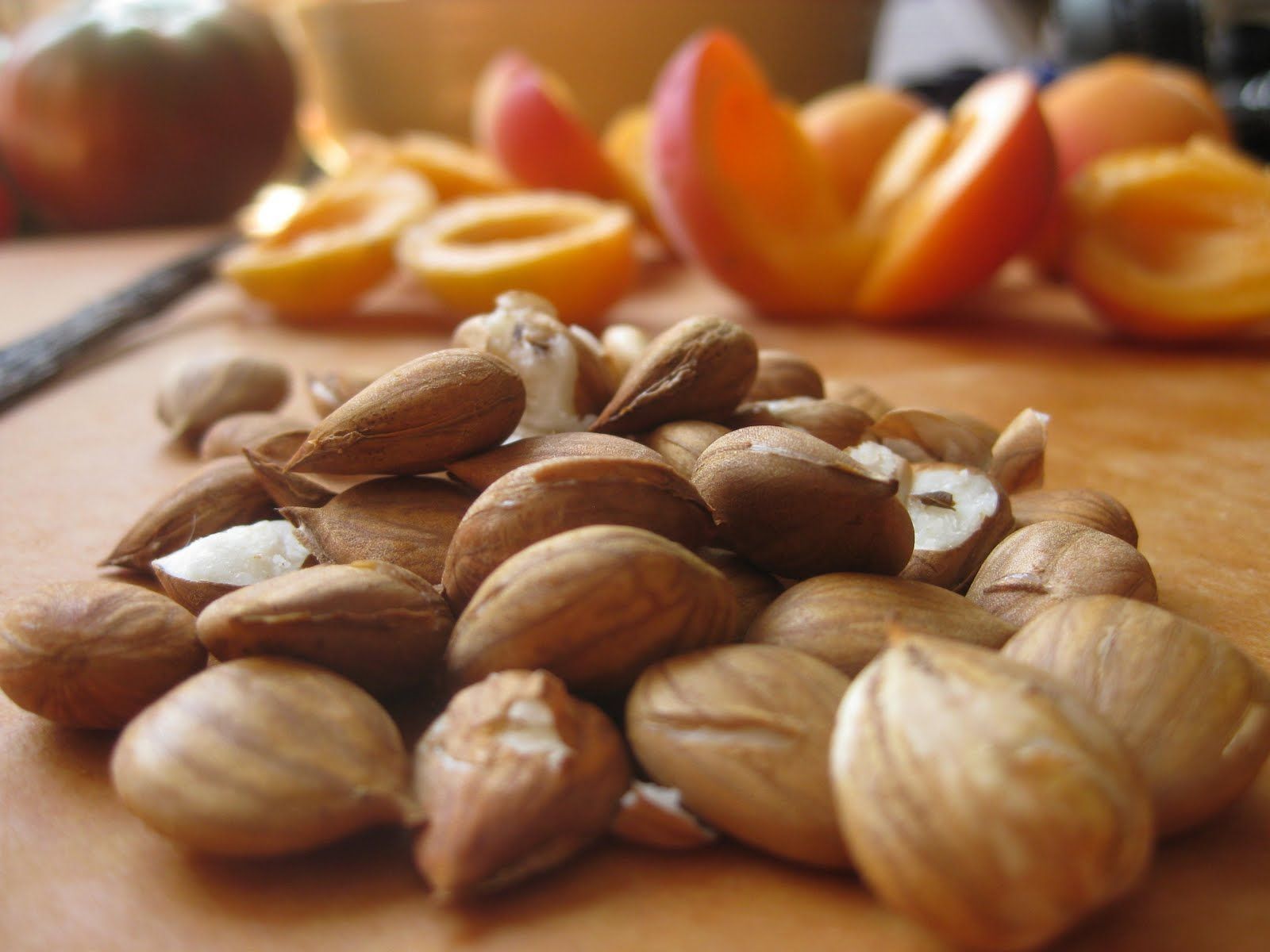
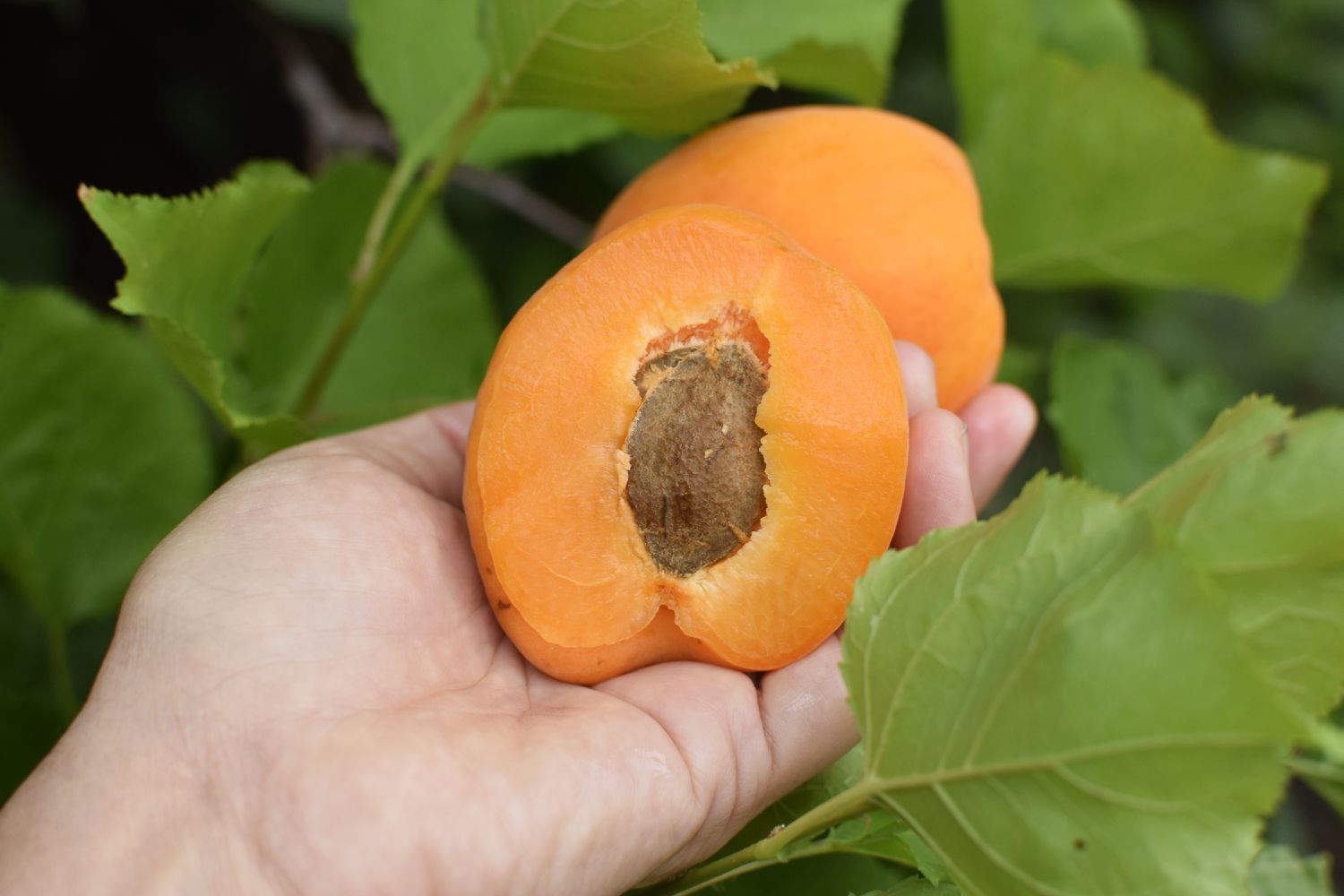
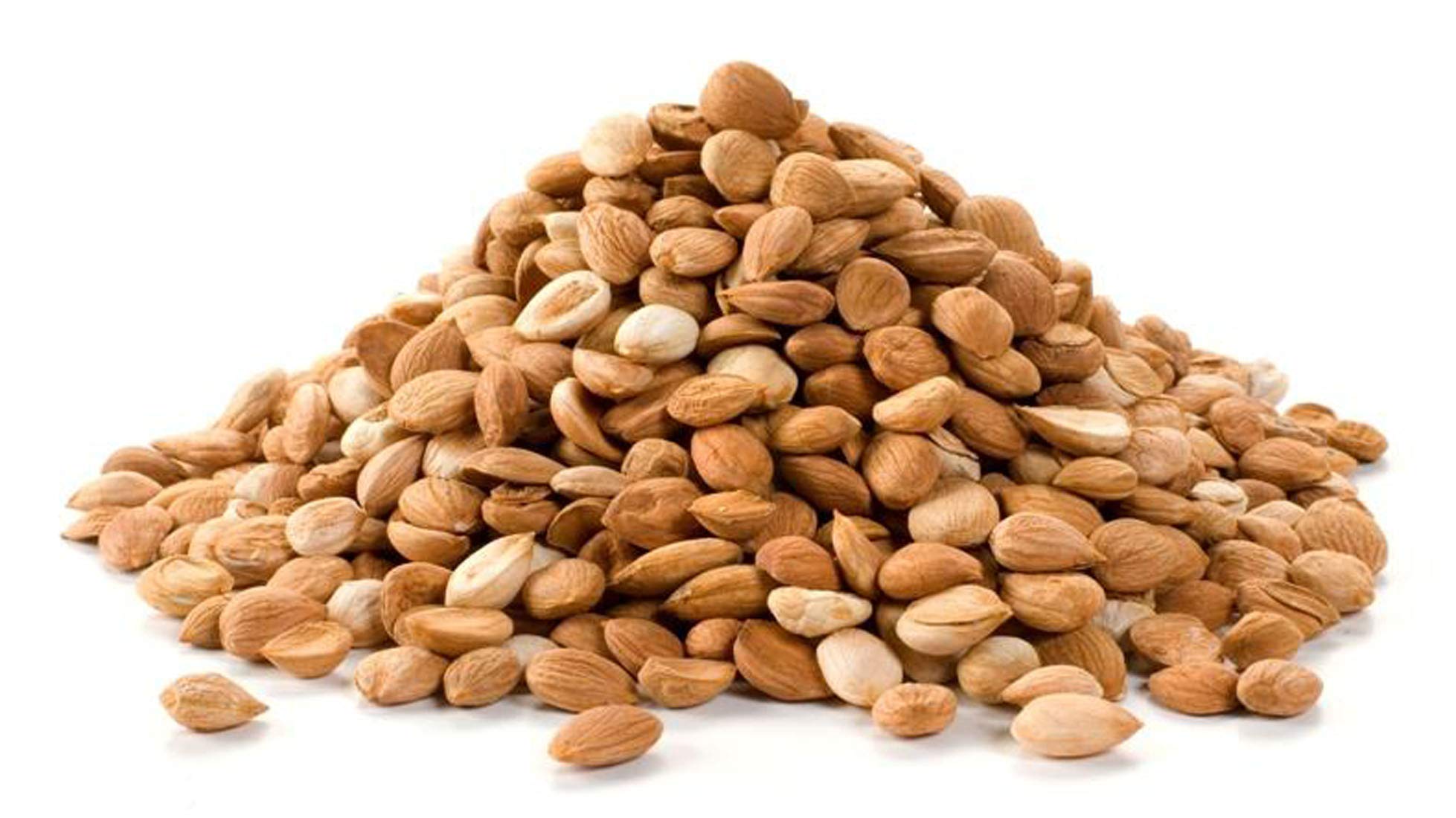
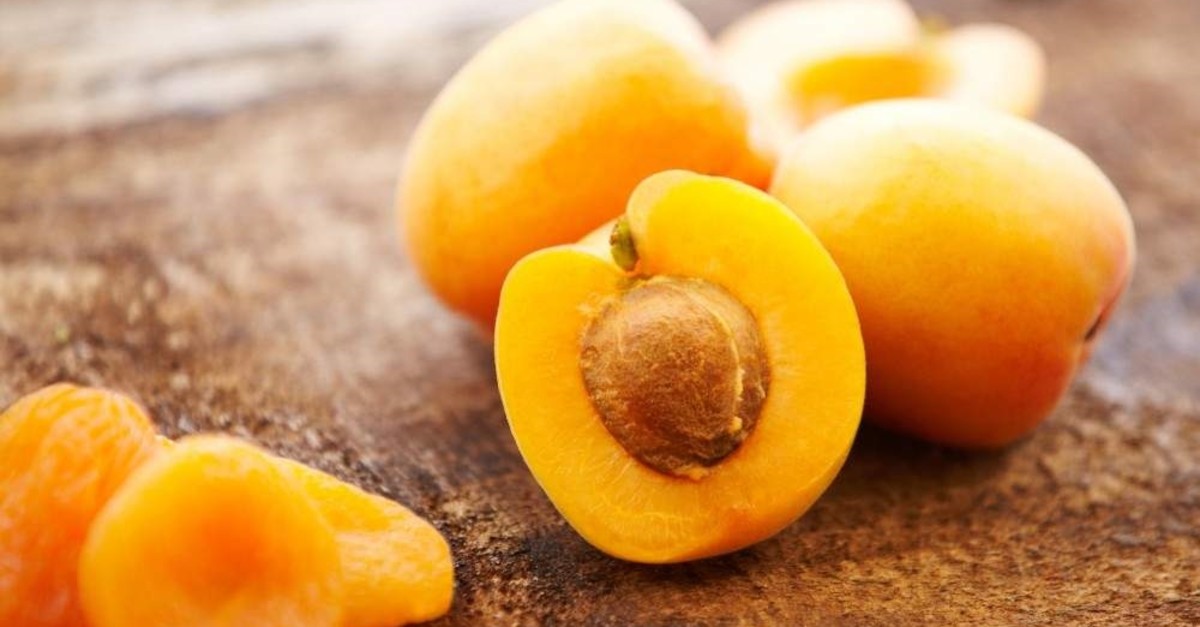








0 thoughts on “How To Store Apricots”